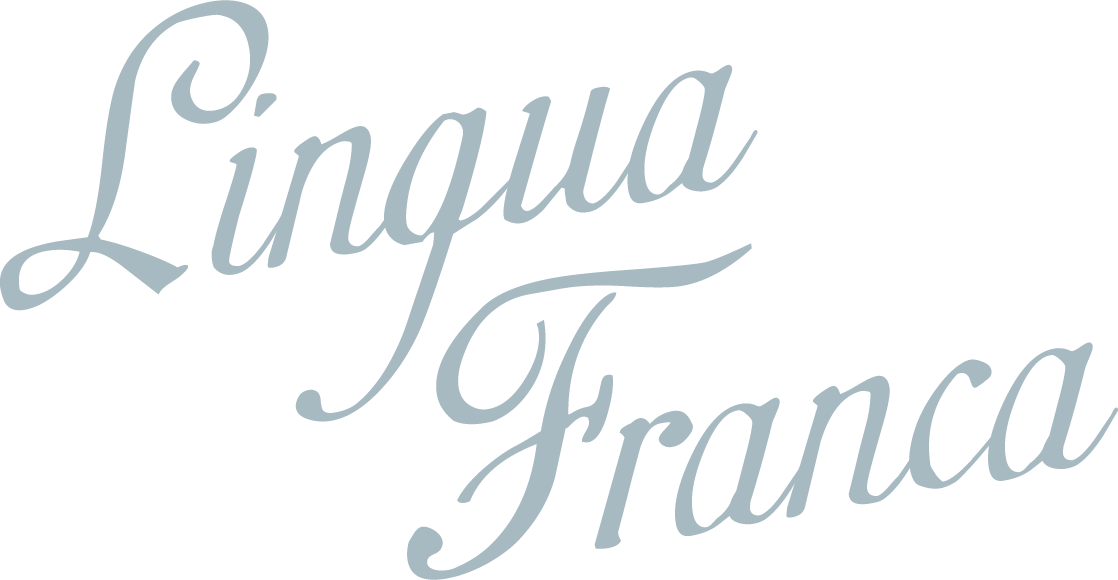La Génération Perdue
It appears intergenerational friction is as old as time. While today it's a tussle between the Boomers and Millennials, the period known as l'entre-deux-guerres* in France marked the arrival of La Génération Perdue, or The Lost Generation. So who were they and why were they lost?
The Great War had an enormous impact on everyone who lived through it, whether in Europe or elsewhere. Post-war America adopted a 'back to normal' policy, which was anathema to many of those who had come of age during the conflict. Finding their inherited values had no place in a post-war world, 5000 Americans a week boarded Cunard cruise ships bound for Paris, which promised a more liberal and permissive society (also, prohibition was bearing down in the States at this time - even more reason to escape to a less puritanical culture).
The artistic among them, chafing against the constraints of traditional values, descended upon Paris and started to explore a new paradigm along with other expatriates from all over the world.
A mix of writers, musicians, artists and dancers reinvigorated post-war Paris and produced a hotbed of creativity. Among the expats were F. Scott Fitzgerald, Pablo Picasso, Josephine Baker, Igor Stravinsky, Salvador Dalí, Ernest Hemingway and Gertrude Stein. In fact, it was Stein who first appropriated the term Génération Perdue after hearing a mechanic dressing down one of his apprentices who had neglected to repair her car on time, saying "Vous êtes tous une génération perdue!*". She mentioned it to Ernest Hemingway, who included it as an epigraph in his novel 'The Sun Also Rises’, about a group of American expats in Europe.
Revelling in the freedom Paris offered, these artists spent much time sitting in cafés, writing, dreaming, discussing, smoking, arguing and drinking - a heady mix indeed. Two of their favourite haunts were the renowned cafés Les Deux Magots and Café de Flore, nestled côte-à-côte* on the Boulevard Saint-Germain in Saint-Germain-des-Prés. Nearby, on rue de Rennes, was a third hangout, La Closerie des Lilas. It is said that this is where Hemingway first read Fitzgerald’s manuscript for The Great Gatsby.
Soon, entrepreneurial types were capitalising on the revitalised artistic movement, opening publishing houses to disseminate their works, which were often racier in nature than what could be printed in their home countries. In fact, it was at this time that the iconic left-bank bookstore, Shakespeare and Co., was opened by Sylvia Beach on rue de l’Odéon.
For a soi-disant* lost generation, they certainly made a huge contribution to the creative world and their revolutionary vision and talent continues to inspire today. Maybe not so lost after all.
*between two wars | *You're all a lost generation! | *side-by-side | *so-called

